If you use transistors for an amplifier scheme, you want to make sure that when you parallel devices, you don't start to conduct more current if your transistors heat up.
I know that when using MOSFETs you always have negative feedback. If one takes more current, it will heat up more, and therefore the resistance will become bigger, and you will conduct less.
When using a BJT the device that dissipates the most current, will heat up most and will start conducting even more. This is unsafe and to solve this I always place a small resistance in series with the emitter.
But what is the physical explanation that in a MOSFET you have this positive temperature coefficient and in a BJT you have this negative coefficient?

